Bolivia: Natural Landscapes, Archaeological Sites, and Colonial Heritage

Potosí, Bolivia
The Salar de Uyuni covers an area of 10,582 square kilometers at an altitude of 3,658 meters on the Bolivian Altiplano. This salt desert formed through the evaporation of a prehistoric lake and now constitutes the world's largest salt flat. The salt crust reaches a thickness of 10 meters in some areas. During the rainy season, the Salar transforms into a vast mirror that reflects the sky. The region contains significant lithium deposits and serves as a breeding ground for several flamingo species.
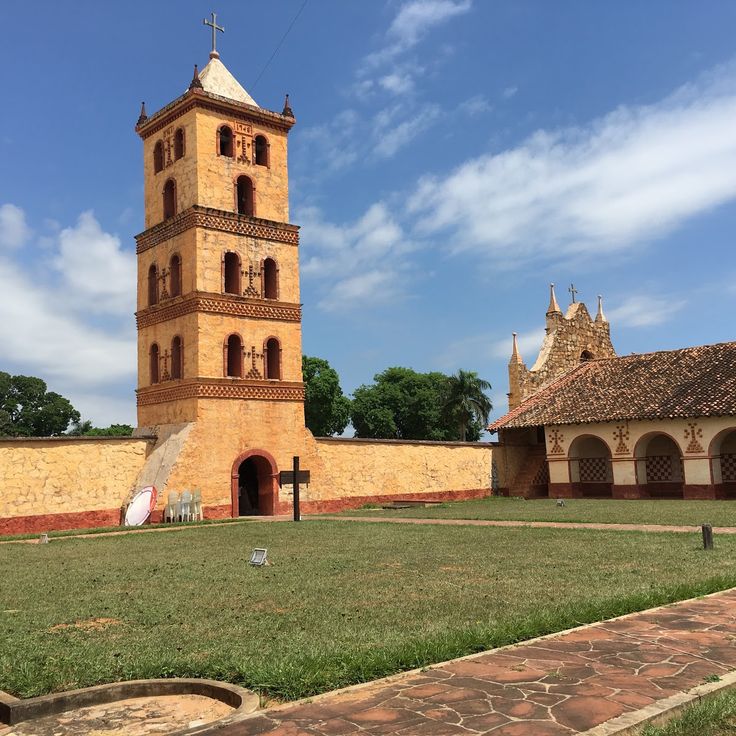
Santa Cruz, Bolivia
The Jesuit Missions of Chiquitos comprise six reductions established between 1696 and 1760 in the tropical plains east of Santa Cruz. These church complexes combine European Baroque architecture with local building traditions of the Chiquitano peoples. The churches feature wooden structures, painted interiors, and carved columns. Musical traditions from the Jesuit period continue to be practiced in these communities. The six sites of San Xavier, Concepción, Santa Ana, San Miguel, San Rafael, and San José were inscribed as a UNESCO World Heritage Site in 1990.
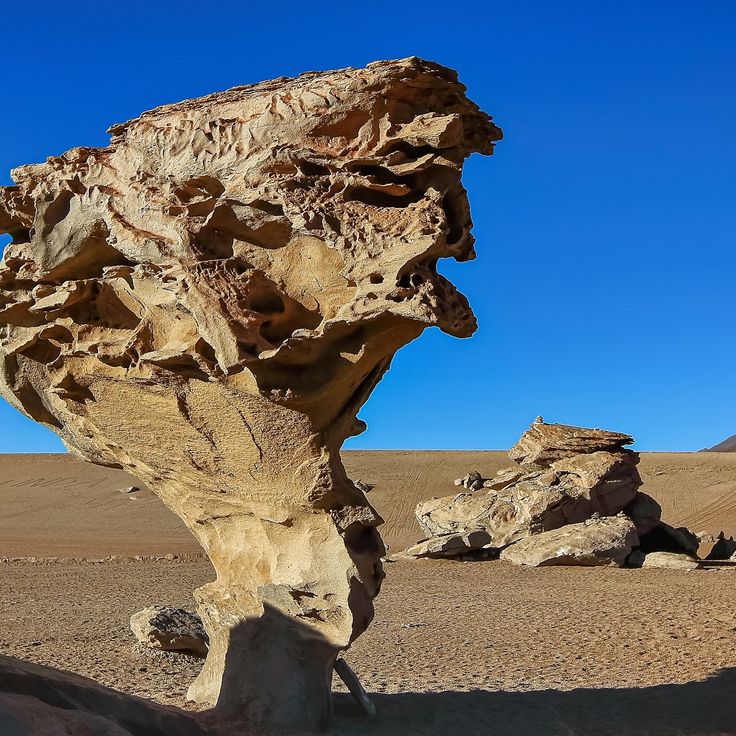
Potosí, Bolivia
The Siloli Desert extends at an altitude of 4,700 meters in the Andes Cordillera and is characterized by its mineral-rich rock formations. This high-altitude arid zone features sparse vegetation adapted to extreme climatic conditions. The landscape consists mainly of eroded rock structures shaped by wind and temperature variations.

Santa Cruz, Bolivia
Noel Kempff Mercado National Park covers 1.5 million hectares in northeastern Bolivia and protects one of the most intact areas of the Amazon basin. The park features table mountains, rainforests, savannas and several waterfalls, including the 88-meter-high Arco Iris Falls. This protected area is home to over 4,000 plant species, 620 bird species and numerous mammals such as jaguars, pumas, tapirs and various monkey species. The geological formations date back to the Precambrian period.
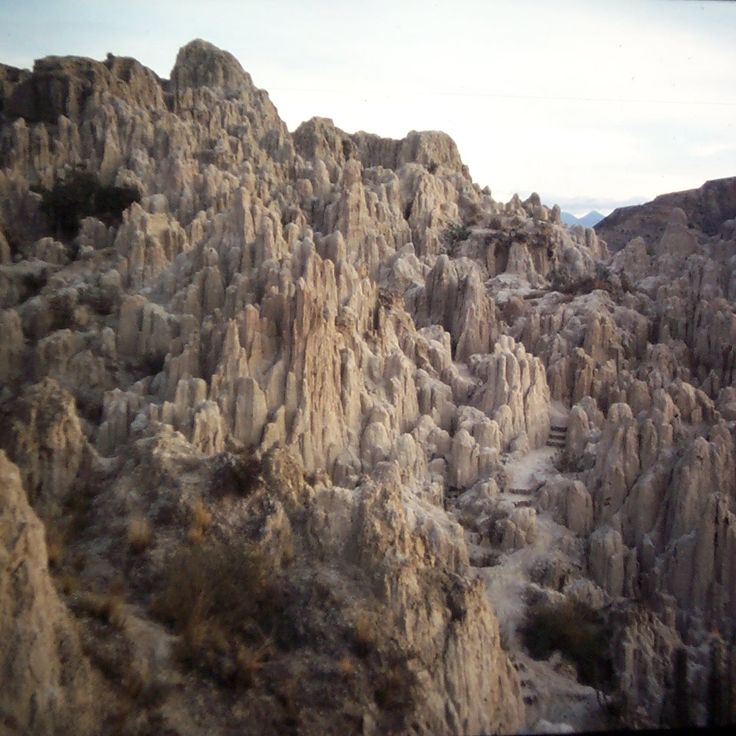
La Paz, Bolivia
The Valle de la Luna extends across the southern area of La Paz, presenting terrain shaped by millennia of erosion acting on clay and sandstone deposits. Water erosion has created an unusual landscape characterized by tower-shaped rock formations, deep ravines and labyrinthine structures. The eroded surfaces of these geological formations resemble lunar topography and provide insights into layers of geological history.

La Paz, Bolivia
Lake Titicaca sits at 3,812 meters altitude, straddling the border between Peru and Bolivia as South America's largest navigable lake. Its islands contain archaeological remains from the Inca period, including temples and ceremonial sites. Aymara and Quechua communities inhabit the shores and islands, maintaining traditional agriculture, fishing practices, and textile crafts. Isla del Sol holds sacred status in Inca mythology and features ruins of religious complexes. The deep blue waters of the lake contrast with the surrounding Andean mountain ranges.
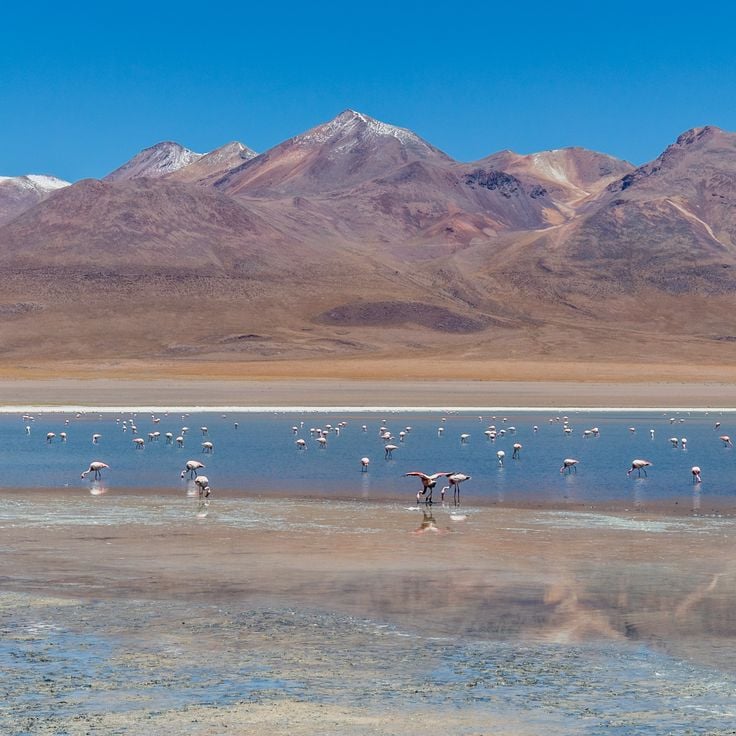
Potosí, Bolivia
The Eduardo Avaroa Reserve is located in a high mountain region and protects a landscape of volcanic origin. This reserve contains hot springs, active geysers and several salt lakes whose mineral composition gives them different colors. These bodies of water provide habitat for three species of flamingos that feed on microorganisms. The protected area covers more than 700,000 hectares on the border with Chile and Argentina.
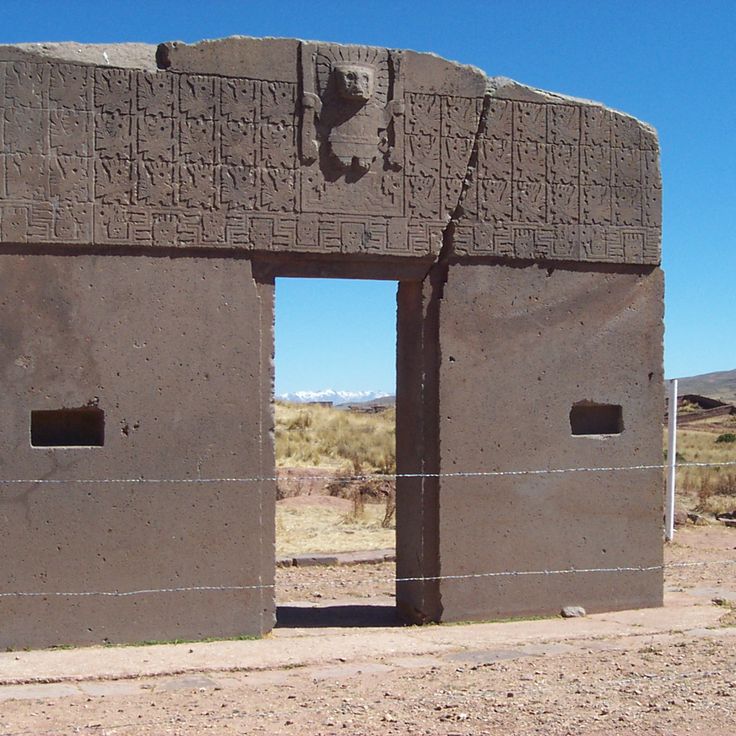
La Paz, Bolivia
The archaeological site of Tiwanaku was a religious and administrative center of a pre-Hispanic civilization that flourished between 300 and 1000 AD. The Gateway of the Sun, the Akapana pyramid and the Kalasasaya platform demonstrate the technical and artistic capabilities of this culture. The monumental sculptures and stone structures document the ritual importance of this place in the Andean highlands.
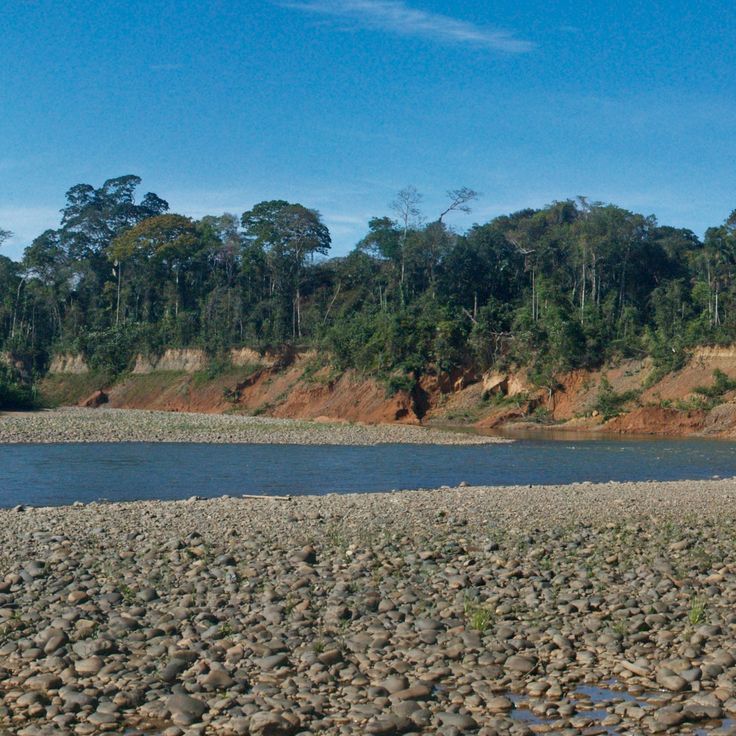
La Paz, Bolivia
Madidi National Park spans 1.9 million hectares and protects diverse ecosystems ranging from lowland tropical forests of the Amazon basin to glaciated peaks of the Andes. This area is home to over 1000 bird species, approximately 200 mammal species, and several thousand plant species, making it one of the most biodiverse protected areas in the world.
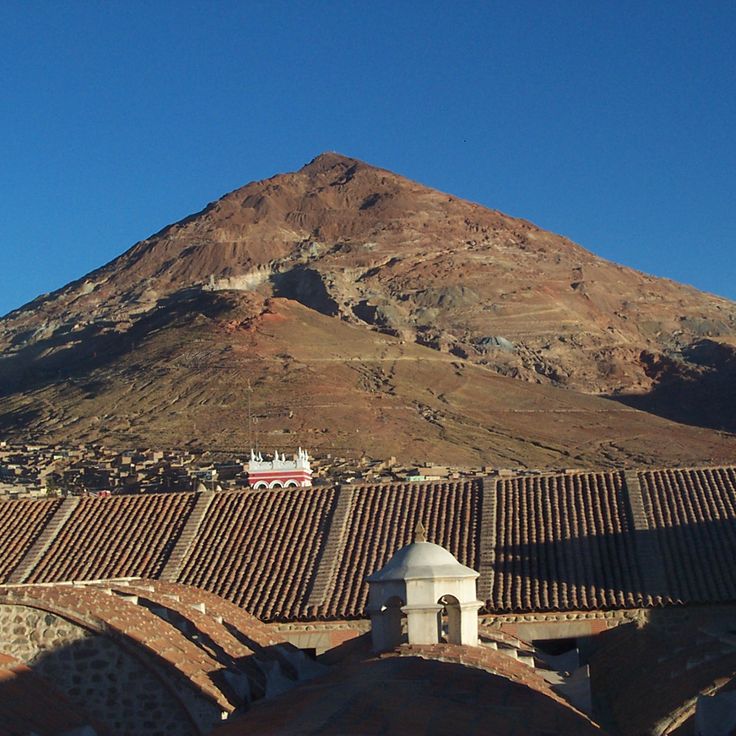
Potosí, Bolivia
Cerro Rico rises above the city of Potosí, reaching an elevation of 4800 meters. Since the 16th century, silver ore has been extracted from its tunnels, helping to finance the wealth of the Spanish colonial empire. Mining operations continue to this day, although working conditions in the mines remain very difficult. Visitors can take guided tours through some of the tunnels to learn about the history and current extraction methods.
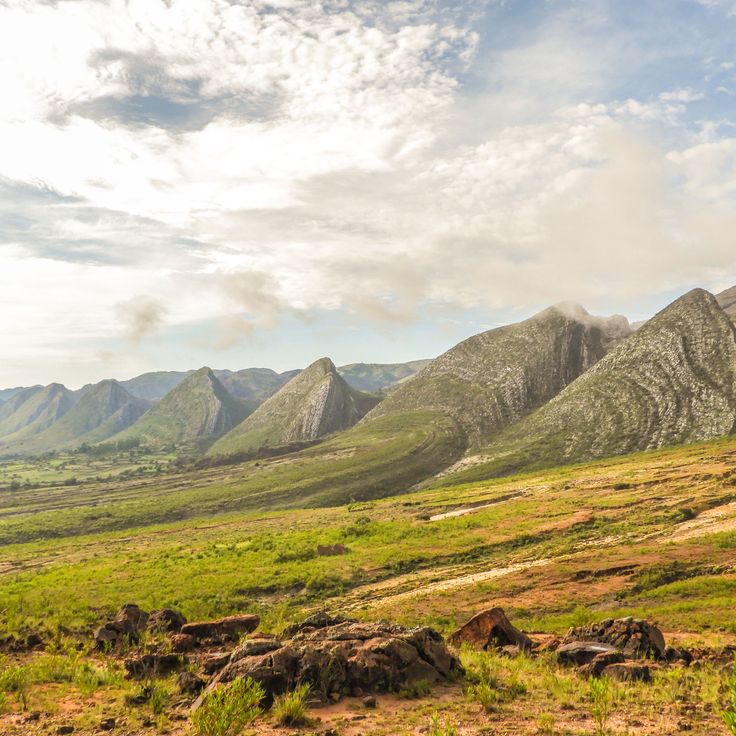
Cochabamba, Bolivia
Torotoro National Park is located in a dry region of the Cochabamba department and includes a deep canyon and high plateaus. The area preserves numerous marine fossils from the time when this zone was underwater, as well as several sites with dinosaur footprints preserved in sedimentary rocks. The park also protects cave systems and waterfalls.

Chuquisaca, Bolivia
Sucre is the constitutional capital of Bolivia and preserves a historic colonial center with churches, monasteries and administrative buildings from the Spanish era. The city displays the architectural development of the colonial period through its religious and civil structures from the 16th to 18th centuries. The urban heritage includes the Casa de la Libertad, where the declaration of independence was signed in 1825, as well as several monasteries such as La Recoleta and San Felipe Neri. The Cathedral of Sucre dates from the 16th century and houses colonial religious artworks. The streets of the historic center are lined with white buildings that gave the city its nickname of the white city.
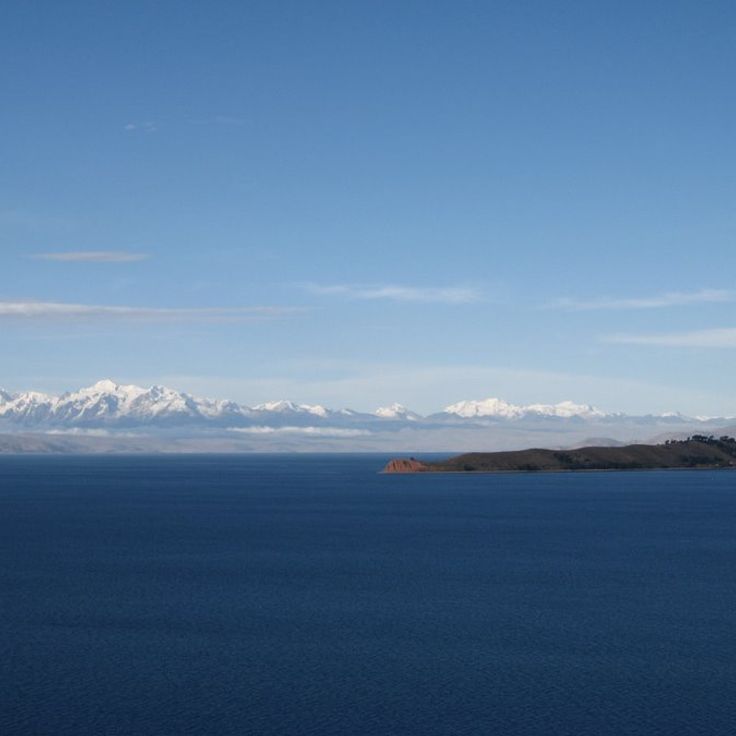
La Paz, Bolivia
The Cordillera Real extends for 125 kilometers northeast of La Paz, forming part of the Bolivian Andes. Six peaks in this mountain range exceed 6000 meters in elevation, including Illimani and Illampu. Historic Inca trade routes traverse the mountains, connecting the highlands with the eastern lowland regions. Numerous glaciers cover the higher elevations, while the valleys are crossed by rivers that contribute to the water supply of surrounding communities.

Santa Cruz, Bolivia
Amboró National Park is located where the Amazon rainforest meets the foothills of the Andes. This protected area is home to over 830 bird species, making it one of the regions with the highest avian density in South America. The park's geographical position between different ecosystems accounts for this exceptional biodiversity, which also includes numerous mammals, reptiles and amphibians.
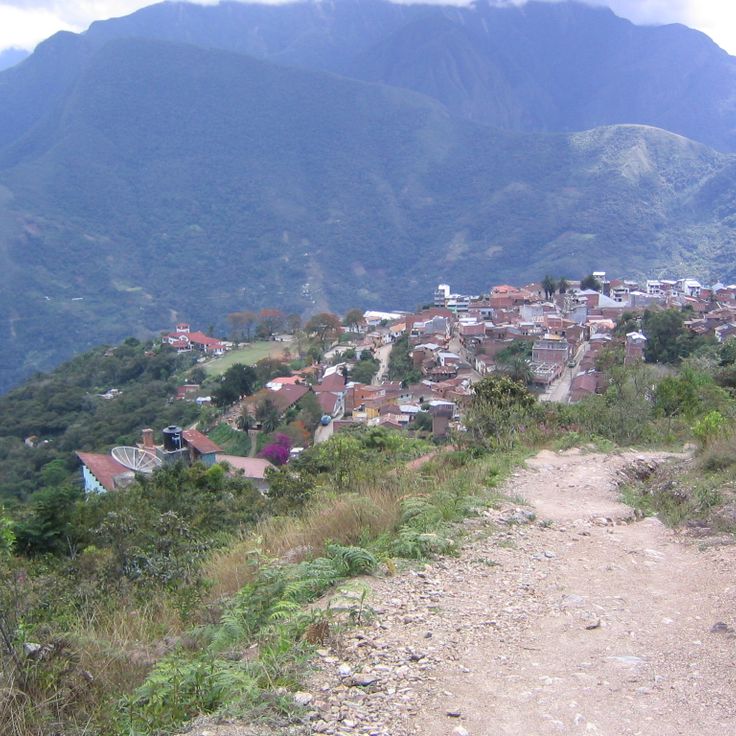
La Paz, Bolivia
Coroico is located in the yungas region at 1,700 meters altitude, where residents cultivate coffee and citrus fruits on mountain slopes. This town serves as a starting point for hikes into the surrounding tropical valleys and offers a temperature contrast with the highlands near La Paz. The road from La Paz to Coroico passes through different climate zones and vegetation levels.
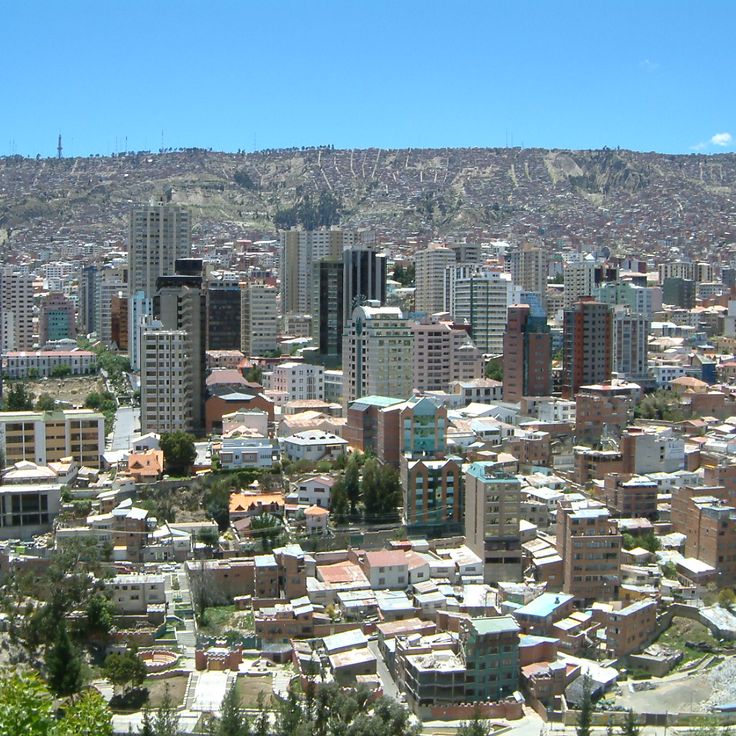
La Paz, Bolivia
La Paz serves as the governmental seat of Bolivia and sits in an Andean valley at 3,650 meters elevation. The city stretches between the peaks of the Cordillera Real and houses the executive and legislative branches of the country. Streets climb steep slopes while the center combines busy markets with colonial buildings. The Teleférico cable car network connects different neighborhoods and provides views of the surrounding mountains. La Paz serves as a starting point for trips to Lake Titicaca and the Yungas valleys.
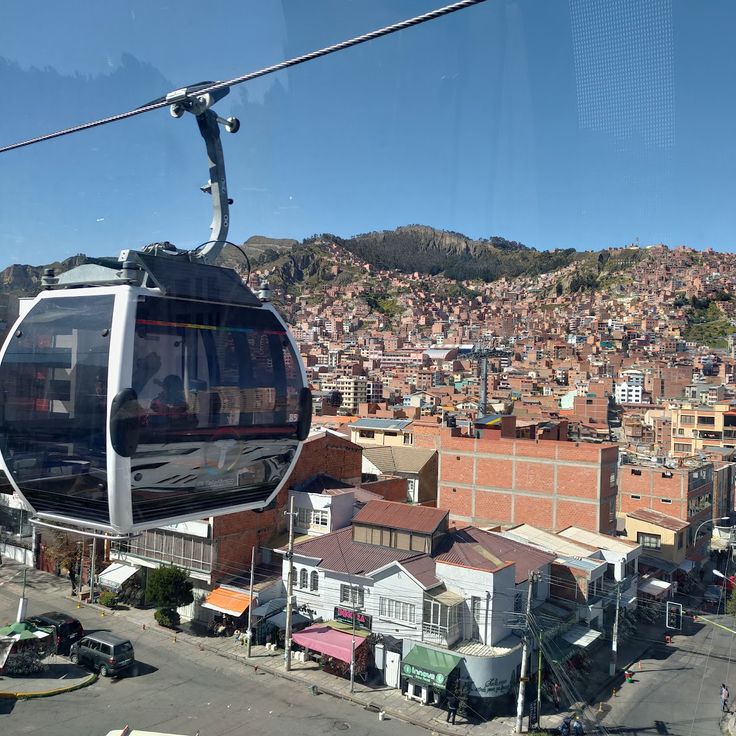
La Paz, Bolivia
Mi Teleférico forms the world's largest urban cable car network, connecting the two Bolivian cities of La Paz and El Alto through eleven lines. The system covers an altitude difference of 850 meters between the two cities located on different plateaus. Several hundred thousand passengers use these cable cars daily to commute between residential areas, workplaces and educational institutions. The first line opened in 2014, with additional lines added in subsequent years. The ride offers views of the Andes and the dense urban fabric of both cities.
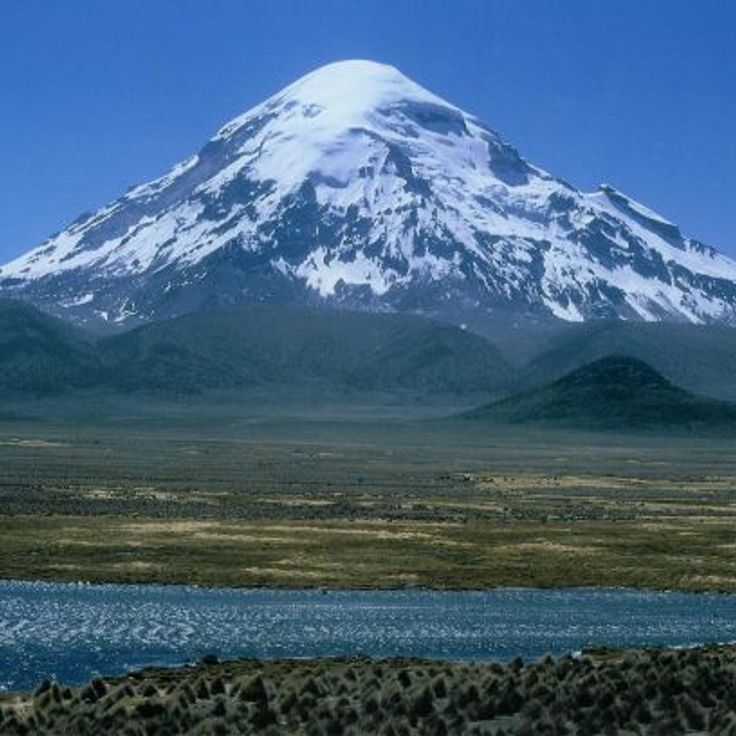
Oruro, Bolivia
Sajama National Park extends around the volcano of the same name, which at 6,542 meters forms the highest peak in Bolivia. The protected area includes extensive high plateaus above 4,000 meters as well as numerous geothermal zones with active geysers and hot springs. The landscape features queñua forests, among the highest tree formations in the world.
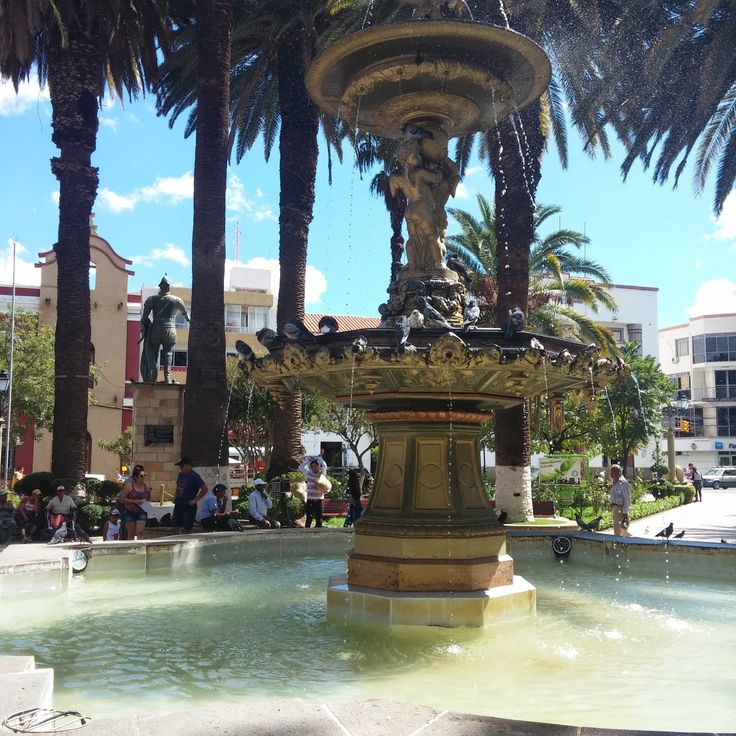
Tarija, Bolivia
Tarija was founded in the 16th century at an altitude of 1,850 meters and has become an important commercial and wine-producing center in Bolivia. The city is surrounded by vineyards that have been cultivated since colonial times. Numerous wineries produce wines here, giving the region its reputation as the country's primary wine-growing area. The mild climate and altitude provide favorable conditions for viticulture.

Santa Cruz, Bolivia
Biocentro Güembé spans 24 hectares and includes botanical gardens, a butterfly house, water pools, and a collection of over 300 orchid species. This ecological center is dedicated to preserving the tropical flora and fauna of the Santa Cruz region. Visitors can walk through the grounds, observe various plant species, and learn about the biodiversity of the Bolivian lowlands.
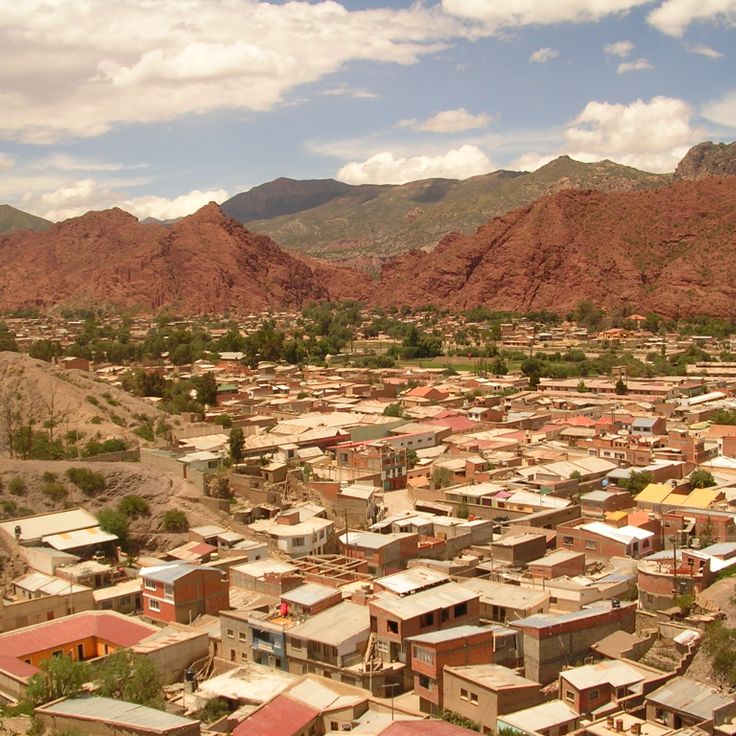
Potosí, Bolivia
Tupiza developed as a mining center within a landscape of red sandstone, carved by canyons and geological formations. The town's residents cultivate the surrounding valleys, growing various agricultural products on the fertile soils. The region served as a historical refuge for Butch Cassidy and the Sundance Kid.
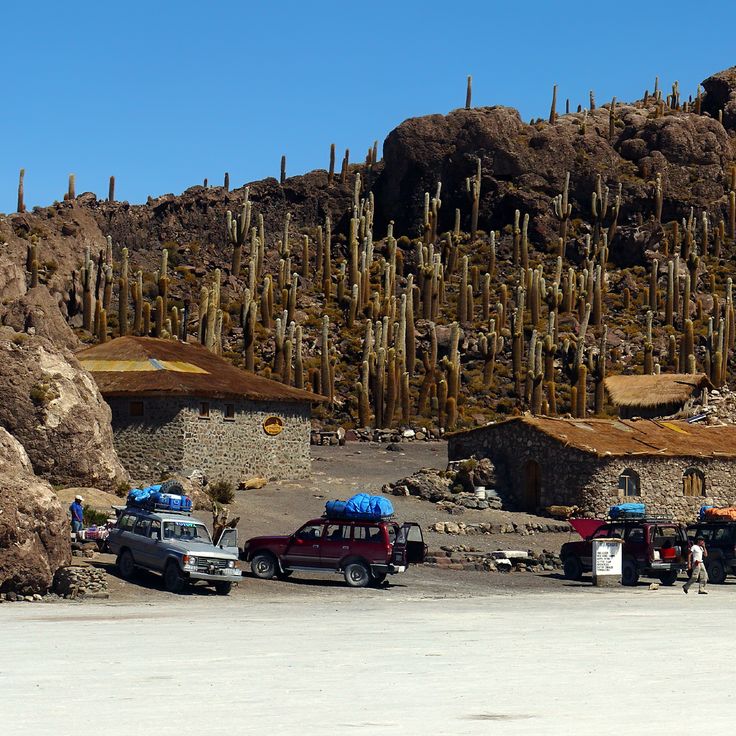
Potosí, Bolivia
Incahuasi Island is a limestone rock formation rising from the centre of the Uyuni salt flat. This outcrop is home to several hundred cacti, some of which exceed ten metres in height. These columnar cacti belong to the Echinopsis genus and can live for several hundred years. From the top of the island, visitors can observe the white expanse of the Salar de Uyuni stretching in all directions.
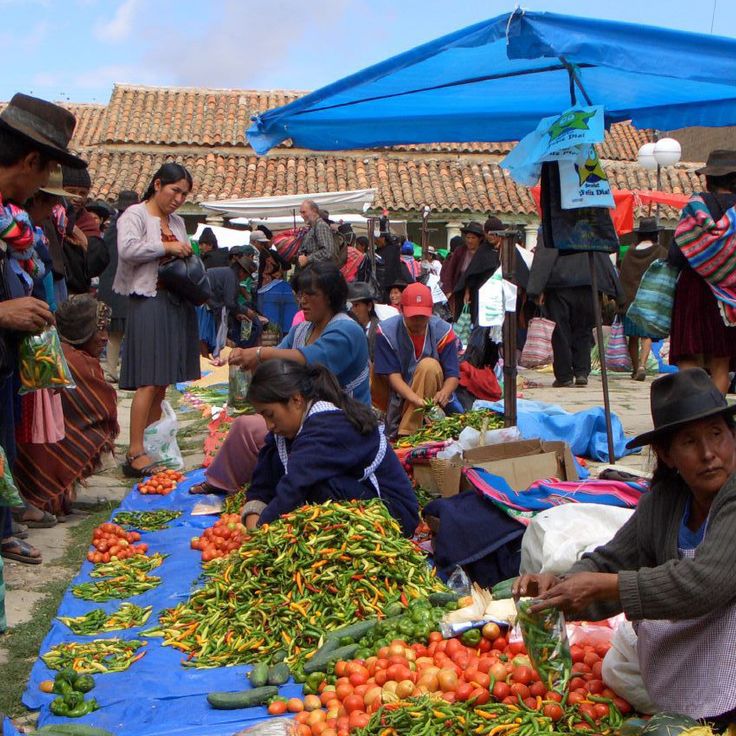
Chuquisaca, Bolivia
The market of Tarabuco takes place every Sunday and gathers residents from surrounding villages who offer agricultural products, woven goods and handicrafts. The communities wear their traditional dress, including embroidered hats and woven ponchos. The market serves as a commercial center and a social gathering point for the indigenous groups of the region.
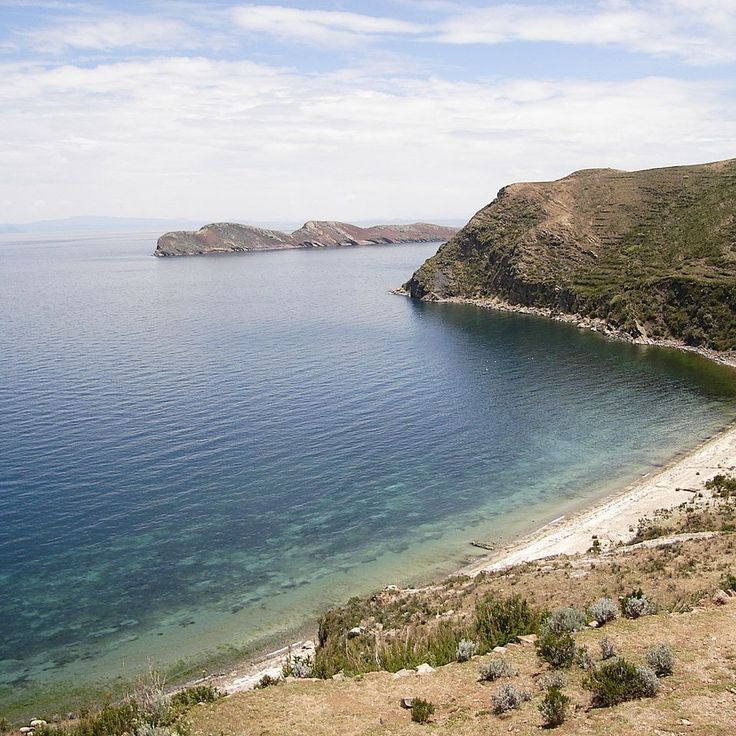
La Paz, Bolivia
Isla del Sol is the largest island in Lake Titicaca and preserves numerous vestiges of Inca culture. Across its surface extend agricultural terraces from pre-Hispanic times, several temple ruins and a network of paths connecting small villages where inhabitants still maintain their traditional ways of life.
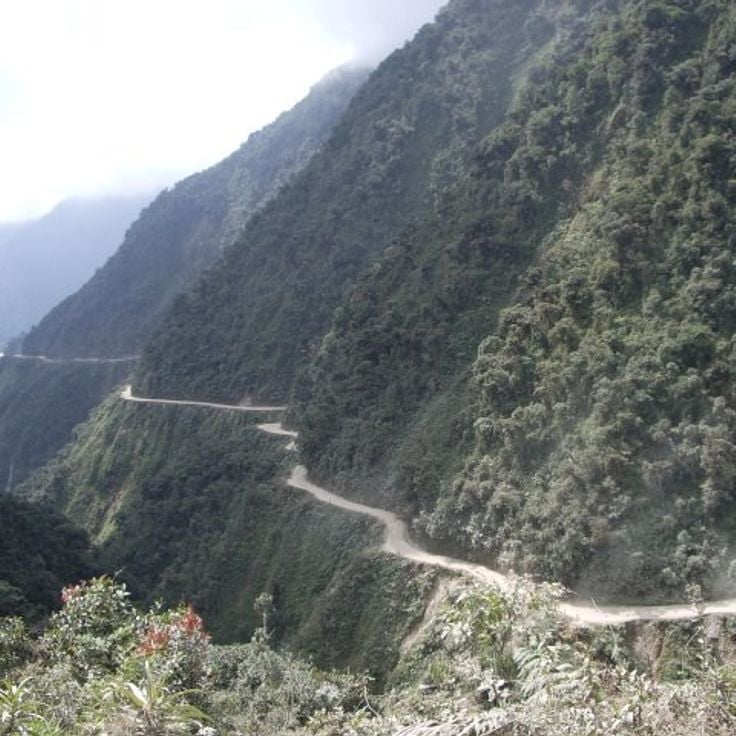
La Paz, Bolivia
The Death Road extends over 64 kilometers along mountain slopes between La Paz and Coroico. This route carved into the rock descends approximately 3,500 meters and passes through numerous tight bends without guardrails, with the roadway measuring only three meters wide in places.

La Paz, Bolivia
The Witches' Market is located on Melchor Jiménez Street and forms a commercial district for traditional medicine. This market sells medicinal plants, amulets and ritual objects from Andean culture used in local cultural practices. Vendors offer dried frogs, llama fetuses and various herbs employed in Aymara folk medicine. The market serves both local residents and shamans who purchase materials for traditional ceremonies here.

Potosí, Bolivia
Laguna Colorada covers 60 square kilometers at an altitude of 4,278 meters in the Bolivian Altiplano. The water of this salt lake displays a characteristic red to orange coloration caused by iron-rich sediments and pigmented algae that create different shades depending on light conditions. The lagoon hosts large colonies of Andean flamingos that feed on microorganisms present in the water.
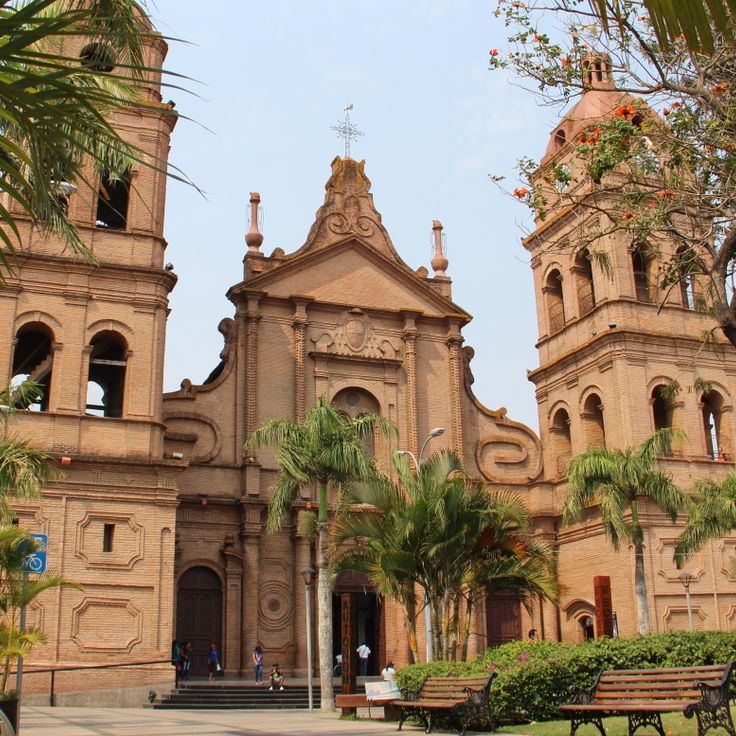
Santa Cruz, Bolivia
The Cathedral of Santa Cruz was built between 1915 and 1925. This building features a central nave with ceilings made of local wood and colored stained glass windows that characterize the interior of this religious construction.
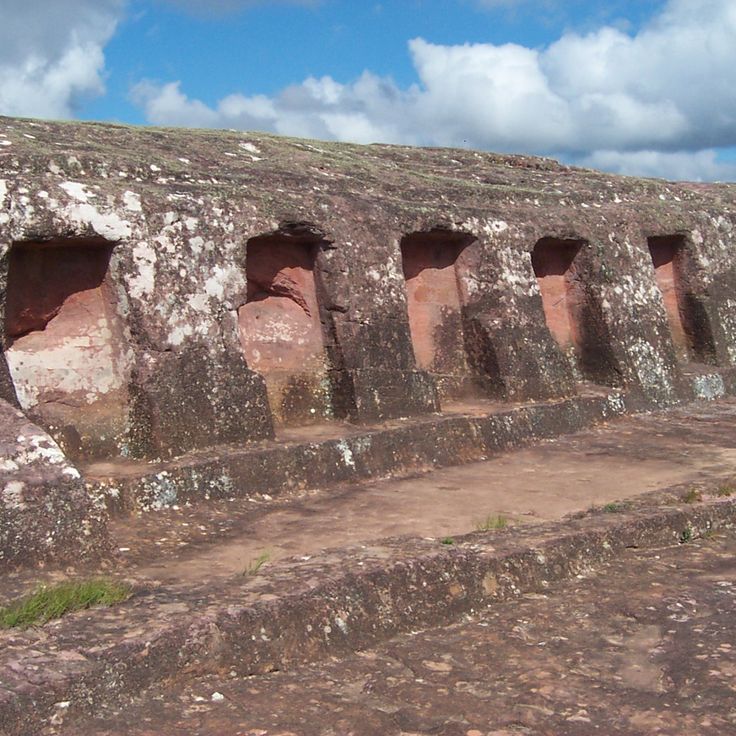
Santa Cruz, Bolivia
The Fort of Samaipata is an archaeological site dating from 300 BC, consisting of a carved rock formation 250 meters in length. The sandstone displays geometric patterns and animal representations chiseled into the stone by pre-Columbian cultures. This site served religious and ceremonial purposes and was later expanded by the Inca.
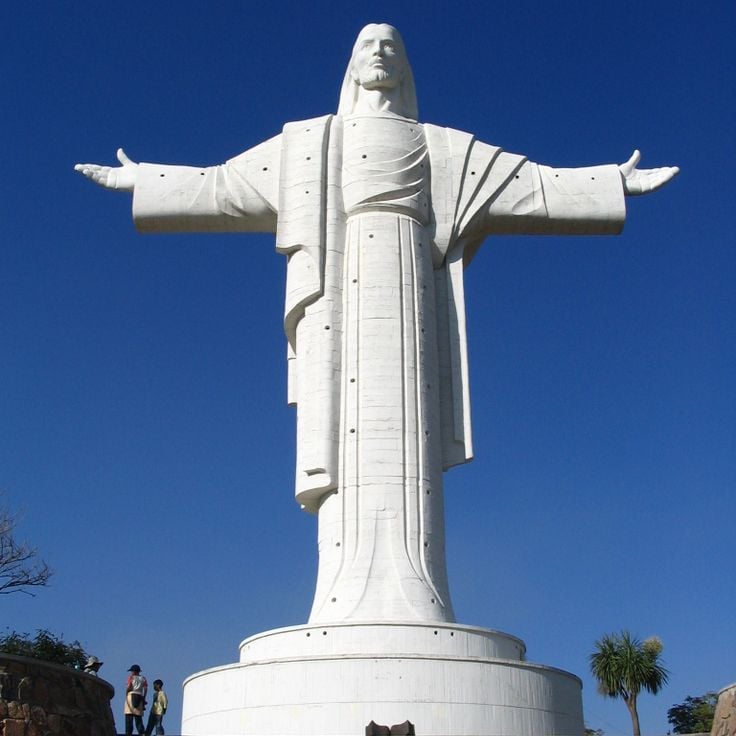
Cochabamba, Bolivia
The Cristo de la Concordia rises 40.44 metres above the city of Cochabamba on San Pedro hill. This monumental religious statue was erected in 1994 and measures 34.20 metres wide at its base. The sculpture depicts Jesus Christ with open arms, overlooking the entire Cochabamba valley. Visitors can reach the foot of the statue via a staircase of 2,000 steps or by cable car.
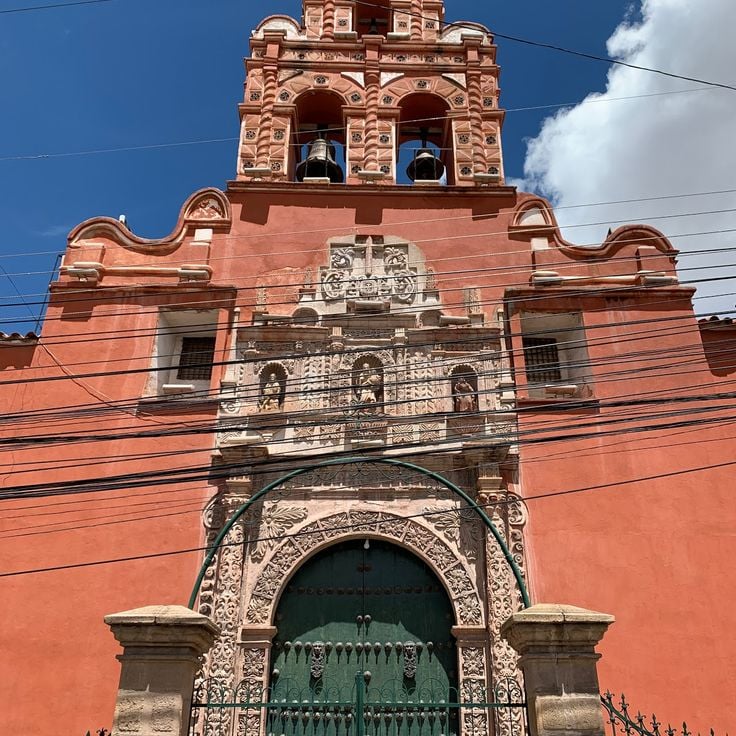
Potosí, Bolivia
The Museo del Tesoro displays a collection of silver minerals and valuable objects extracted from the Cerro Rico mines. The exhibits are housed in an 18th-century colonial building that documents the historical significance of silver mining in Potosí. Visitors can view various silver ores, coins, and liturgical objects that illustrate the wealth of the region during the Spanish colonial period.
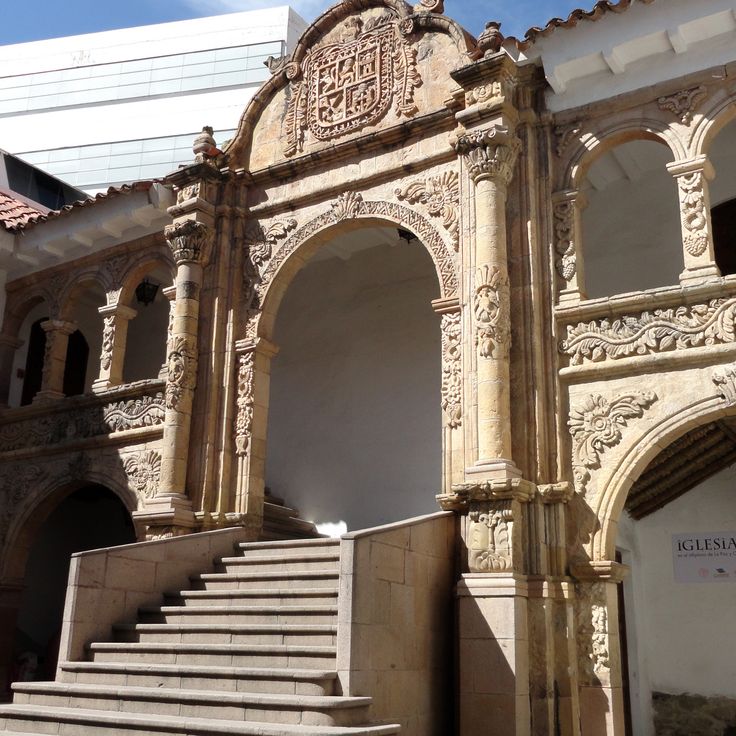
La Paz, Bolivia
The National Museum of Ethnography houses important collections of textiles, masks, ceramics and ritual objects from the indigenous peoples of Bolivia. The exhibited pieces document the cultural development of these communities from pre-Columbian times to the present day, offering an in-depth perspective on their traditional practices and artistic expressions.
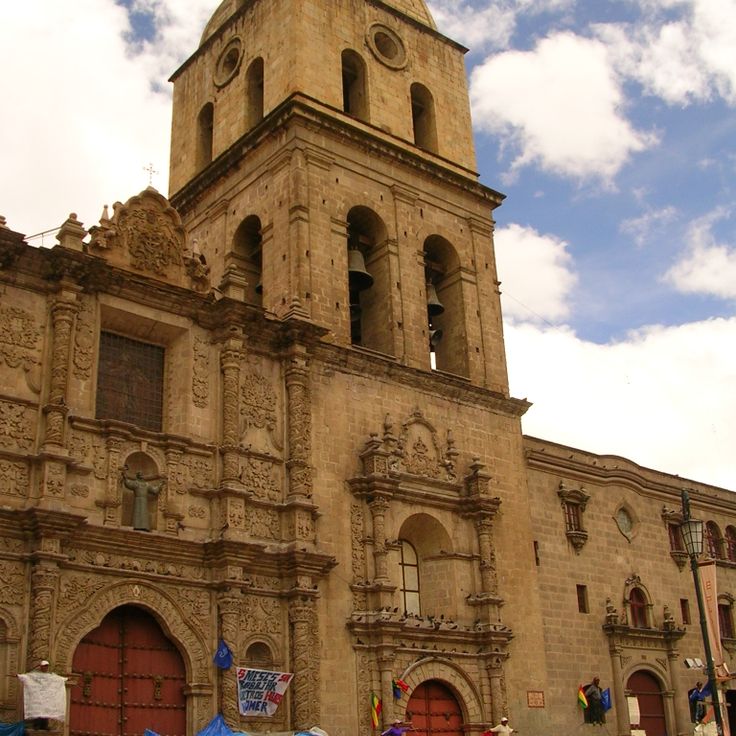
La Paz, Bolivia
The Church of Saint Francis was built in the 16th century and features a baroque façade carved in stone. The interior houses gilded altars and murals that combine Catholic symbols with motifs from indigenous cultures. This building represents one of the important colonial structures in La Paz and reflects the religious history of the region.

La Paz, Bolivia
The Mirador Killi Killi stands at 3600 meters altitude and provides views over the city of La Paz with its densely built slopes, the surrounding Andean peaks and the 6438-meter Mount Illimani that dominates the urban landscape. This viewpoint offers panoramic vistas across the valley where Bolivia's administrative capital extends.